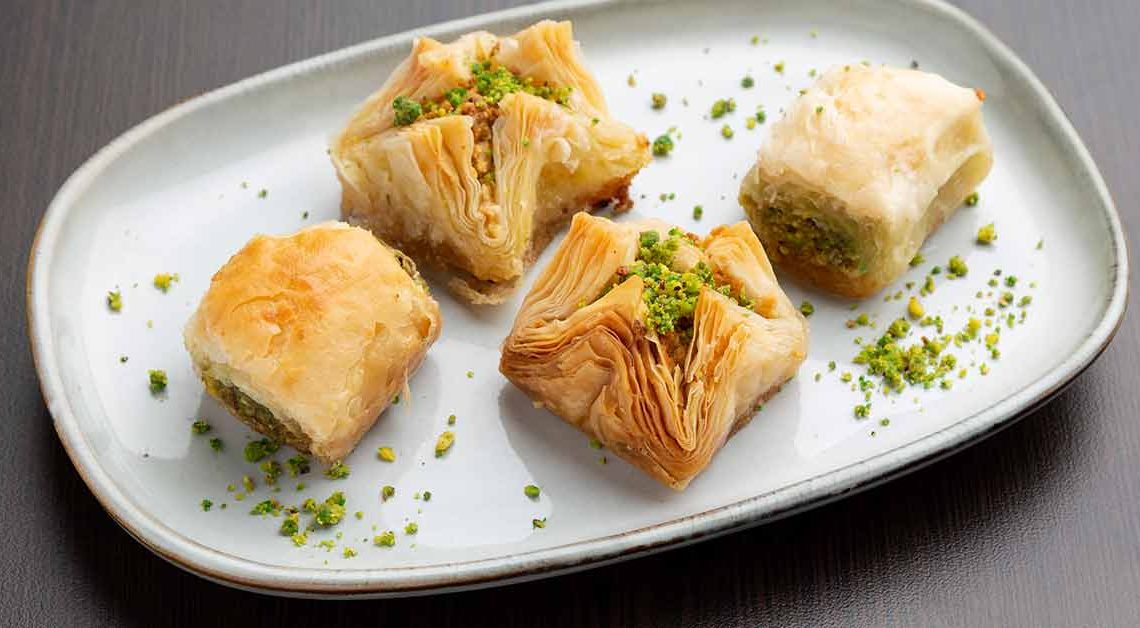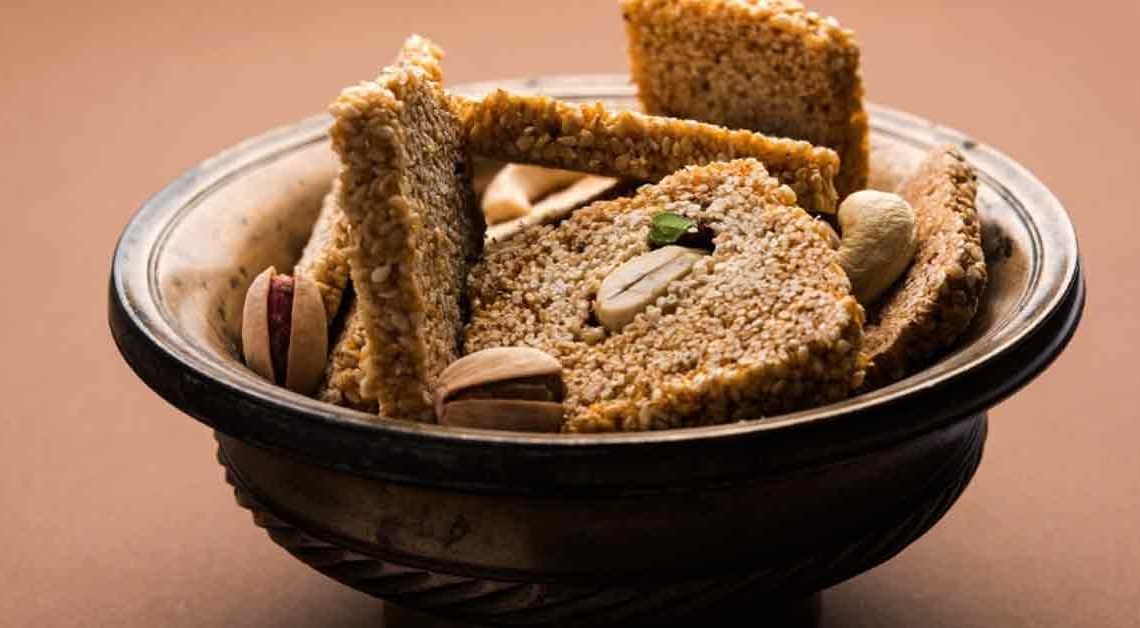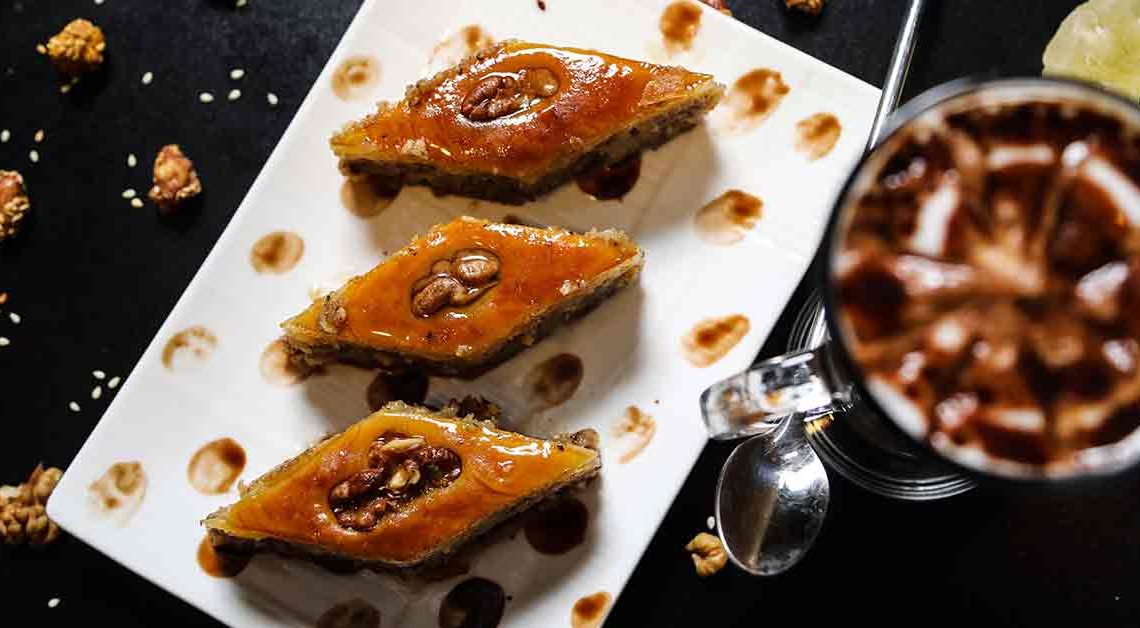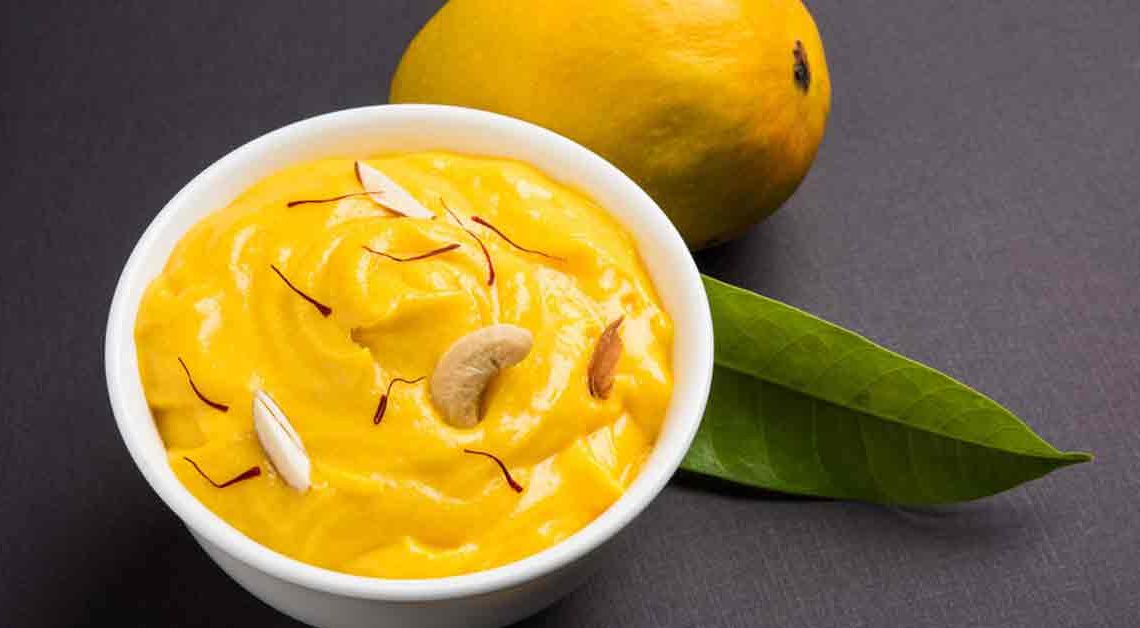Baklava Bliss: Layers of Delightful Indulgence

Welcome to the irresistible journey through the Mithainama luscious world of baklava – where flaky layers of pastry, indulgent nuts, and golden honey unite to create a symphony of flavors that have delighted palates for centuries.
In the heart of this blog, we embark on a delectable adventure tracing the origins of baklava, from the bustling bazaars of ancient Istanbul to the cozy kitchens of modern homes. We’ll dive into the rich history and cultural significance that make baklava not just a dessert, but a tantalizing tale that transcends time and borders.
Get ready to indulge in the symphony of flavors, as we unwrap the layers of this sweet delight. Your baklava adventure begins here!
Origin of Baklava
The origin is a captivating journey that spans centuries and cultures, resulting in the delightful dessert we know today. While pinpointing its exact birthplace can be challenging due to the mingling of traditions and trade routes, the roots can be traced back to the ancient civilizations of the Middle East, Mediterranean, and Central Asia.
Early incarnations of baklava-like pastries can be found in various ancient cultures. The Greeks, for instance, crafted a similar sweet treat known as “gastrin,” consisting of layered dough and honey. Meanwhile, the Assyrians are said to have enjoyed a similar dish made with thin layers of dough and nuts.
However, it was the Byzantine Empire that played a significant role in refining the dessert. They embraced and adapted Middle Eastern culinary techniques, contributing to the development of what we now recognize as baklava. This delicious dessert was later introduced to various cultures through trade and conquests, becoming an integral part of Ottoman cuisine.
History of Baklava
The history is a fascinating tapestry woven with threads of ancient civilizations, cultural exchange, and culinary innovation. This beloved dessert’s journey spans centuries and geographical borders, resulting in the intricate layers of flaky pastry, nuts, and sweet syrup that we relish today.
It can be traced back to the ancient Assyrians, who are believed to have layered thin sheets of dough with nuts and honey. This early iteration laid the groundwork for what would eventually become the modern dessert we know and love. The dessert evolved over time, with various cultures adding their own twists and flavors.
With the rise of the Ottoman Empire, it underwent further transformations. The Ottomans embraced the delicacy and made it an integral part of their culinary repertoire. They introduced new variations and ingredients, such as pistachios, which became a staple of Turkish baklava. As the Ottoman Empire expanded its influence, so did the popularity of it, reaching as far as the Balkans and North Africa.
Cultural Significance
Baklava is not just a dessert; it’s a cultural emblem that carries with it the stories, traditions, and flavors of diverse societies. Its significance extends beyond the realm of food, touching on heritage, celebrations, and the art of communal sharing.
Celebrations and Festivities: In many cultures, it takes center stage during festive occasions. From weddings and birthdays to religious holidays, this sweet delicacy symbolizes abundance, indulgence, and the joy of coming together to celebrate.
Hospitality and Generosity: Offering it is an act of hospitality and generosity in many cultures. Sharing this labor-intensive treat with guests reflects a warm welcome and a desire to make them feel cherished.
Cultural Exchange: The history is marked by the exchange of culinary traditions across different civilizations. Its variations and adaptations showcase the interplay of cultures through trade, conquests, and migrations.
Where is Baklava Famous?
Baklava has gained worldwide fame and recognition, but its roots and popularity are deeply ingrained in several regions and countries. Some of the places where it is particularly famous include:
Greece: It holds a special place in Greek cuisine and celebrations and typically features layers of walnuts and a honey syrup. It’s commonly enjoyed during festive occasions and is often associated with Easter celebrations.
North Africa: It has also made its mark in North African countries such as Algeria, Tunisia, and Morocco. The dessert is often a part of festive meals and special occasions.
Eastern Europe: The influence extends into Eastern Europe as well, with countries like Armenia, Azerbaijan, and Georgia incorporating their own unique twists on the dessert.
Interesting Facts and Trivia
Certainly, here are some intriguing facts and trivia about baklava that might pique your interest:
- The Ottoman Empire embraced dessert and further popularized it, making it an essential part of their cuisine. It was often served in imperial kitchens and during special events.
- Traditional baklava can consist of up to 40 layers of paper-thin phyllo dough, each brushed with butter to create its distinct flakiness.
- While walnuts and pistachios are commonly used in baklava, regional variations can feature other nuts like almonds, hazelnuts, and cashews.
- Creating baklava requires intricate layering, which can be both time-consuming and challenging. Mastering the art of phyllo dough is a testament to a pastry chef’s skill.
- The largest baklava ever made weighed over 2 tons and was created in Turkey. It was made using over 1,000 pounds of walnuts and 1,000 pounds of filo dough.
Did You Know?
Did you know that indulging in a delectable piece of baklava not only delights your taste buds but also offers surprising benefits?
- The nut layers in dessert, often featuring walnuts, pistachios, or almonds, are packed with heart-healthy fats, fiber, and antioxidants. These nuts can contribute to reducing bad cholesterol levels and promoting cardiovascular well-being.
- Nuts are nutritional powerhouses, boasting vitamins, minerals, and essential nutrients. These elements, including vitamin E, magnesium, and copper, play roles in supporting bone health, immune function, and cellular processes.
- Honey, a primary sweetener used in it, contains antioxidants that combat oxidative stress and inflammation in the body, contributing to overall health and well-being.
- Nuts contain serotonin precursors and omega-3 fatty acids, both of which play roles in supporting brain health and potentially boosting mood.
- Savoring a piece of it can be a mindful indulgence. The act of enjoying something delightful in moderation can contribute to overall happiness and stress relief.







